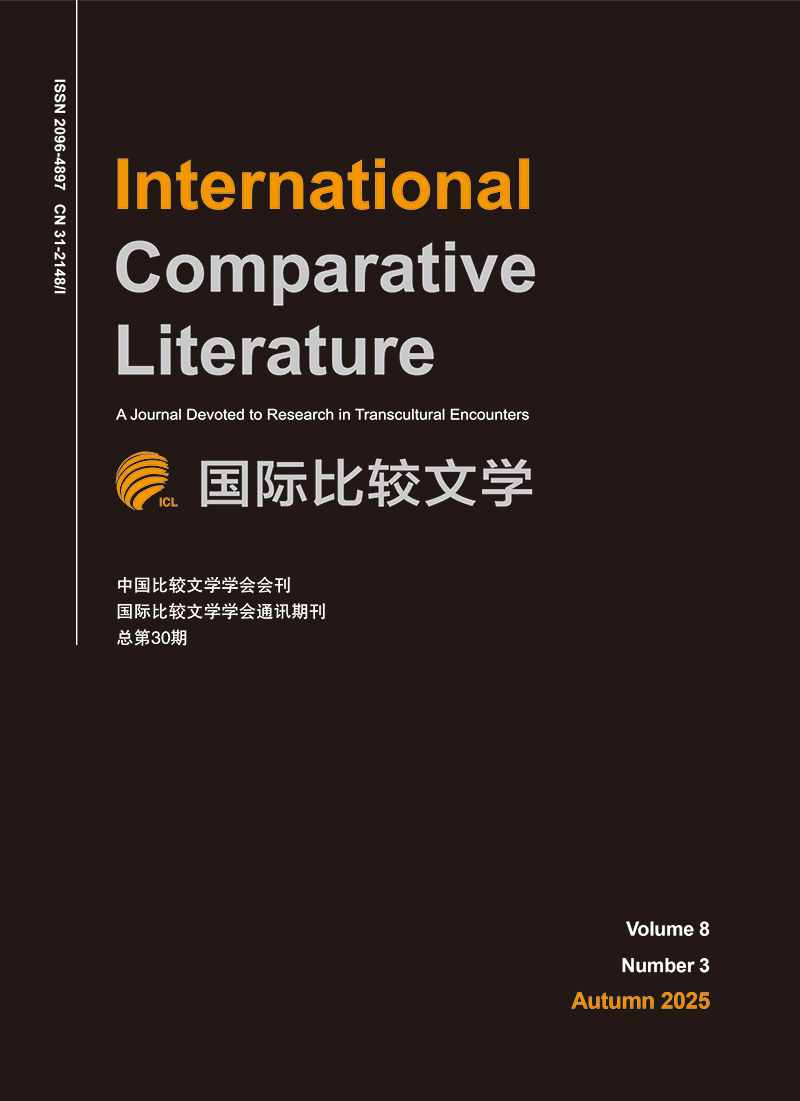2021 Vol. 4, No. 3
Display Method:
2021, 4(3): 409-427.
doi: 10.19857/j.cnki.ICL.20214301
Abstract:
2021, 4(3): 428-442.
doi: 10.19857/j.cnki.ICL.20214302
Abstract:
2021, 4(3): 443-474.
doi: 10.19857/j.cnki.ICL.20214303
Abstract:
2021, 4(3): 475-487.
doi: 10.19857/j.cnki.ICL.20214304
Abstract:
2021, 4(3): 488-508.
doi: 10.19857/j.cnki.ICL.20214305
Abstract:
2021, 4(3): 509-522.
doi: 10.19857/j.cnki.ICL.20214306
Abstract:
2021, 4(3): 523-538.
doi: 10.19857/j.cnki.ICL.20214307
Abstract:
2021, 4(3): 541-542.
Abstract:
2021, 4(3): 543-558.
doi: 10.19857/j.cnki.ICL.20214308
Abstract:
2021, 4(3): 559-569.
doi: 10.19857/j.cnki.ICL.20214309
Abstract:
2021, 4(3): 570-578.
doi: 10.19857/j.cnki.ICL.20214310
Abstract:
2021, 4(3): 581-584.
doi: 10.19857/j.cnki.ICL.20214311
Abstract:
2021, 4(3): 585-587.
doi: 10.19857/j.cnki.ICL.20214312
Abstract:
2021, 4(3): 588-590.
doi: 10.19857/j.cnki.ICL.20214313
Abstract:


